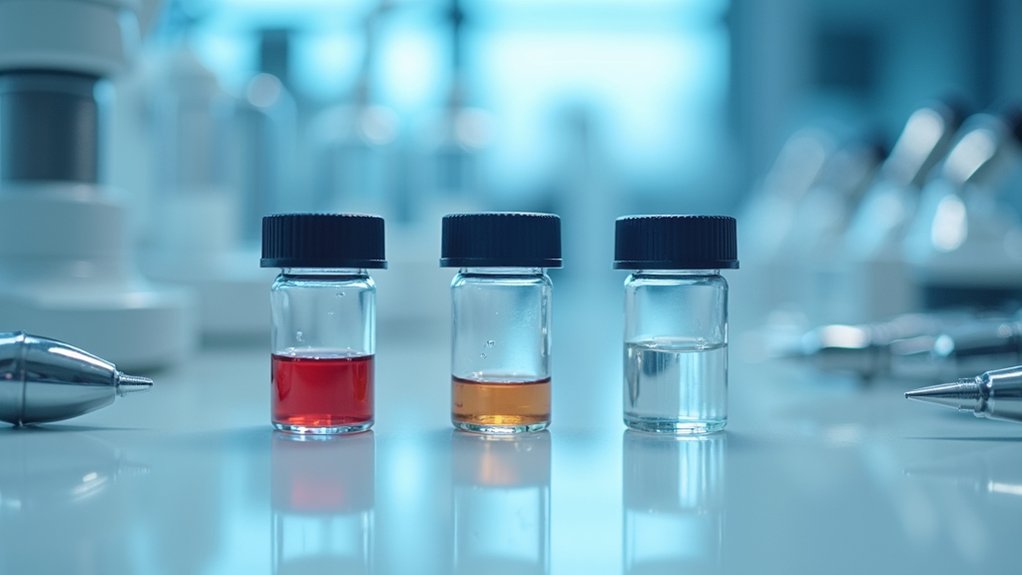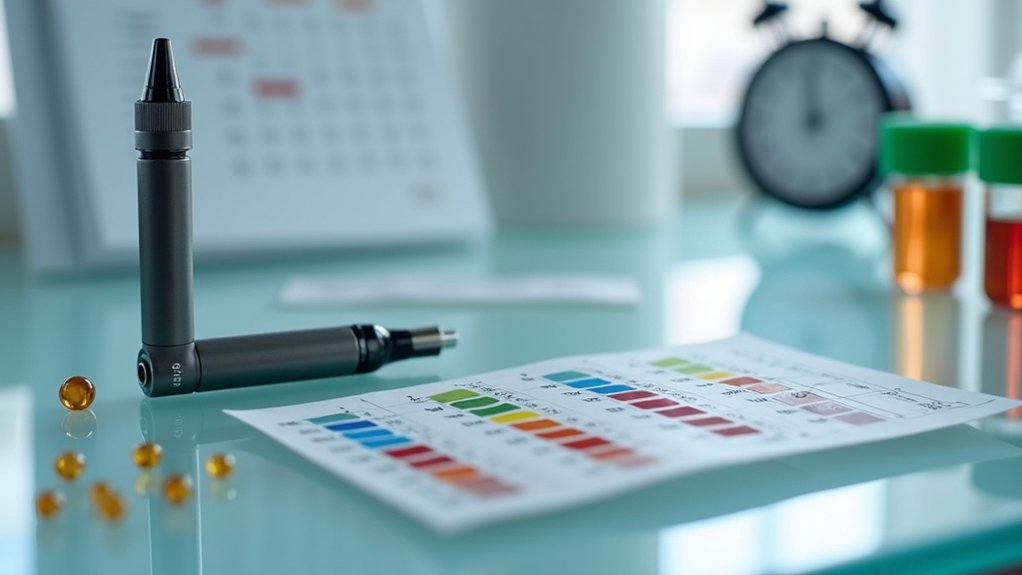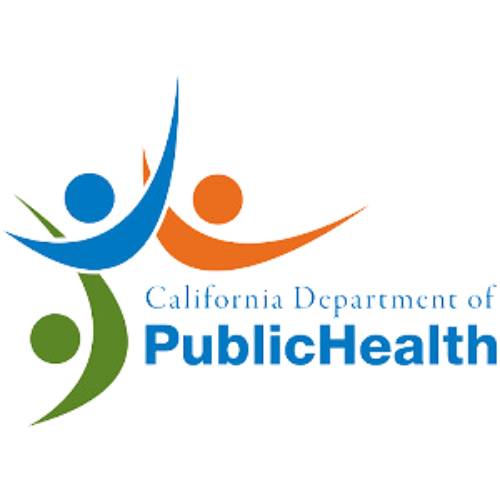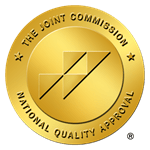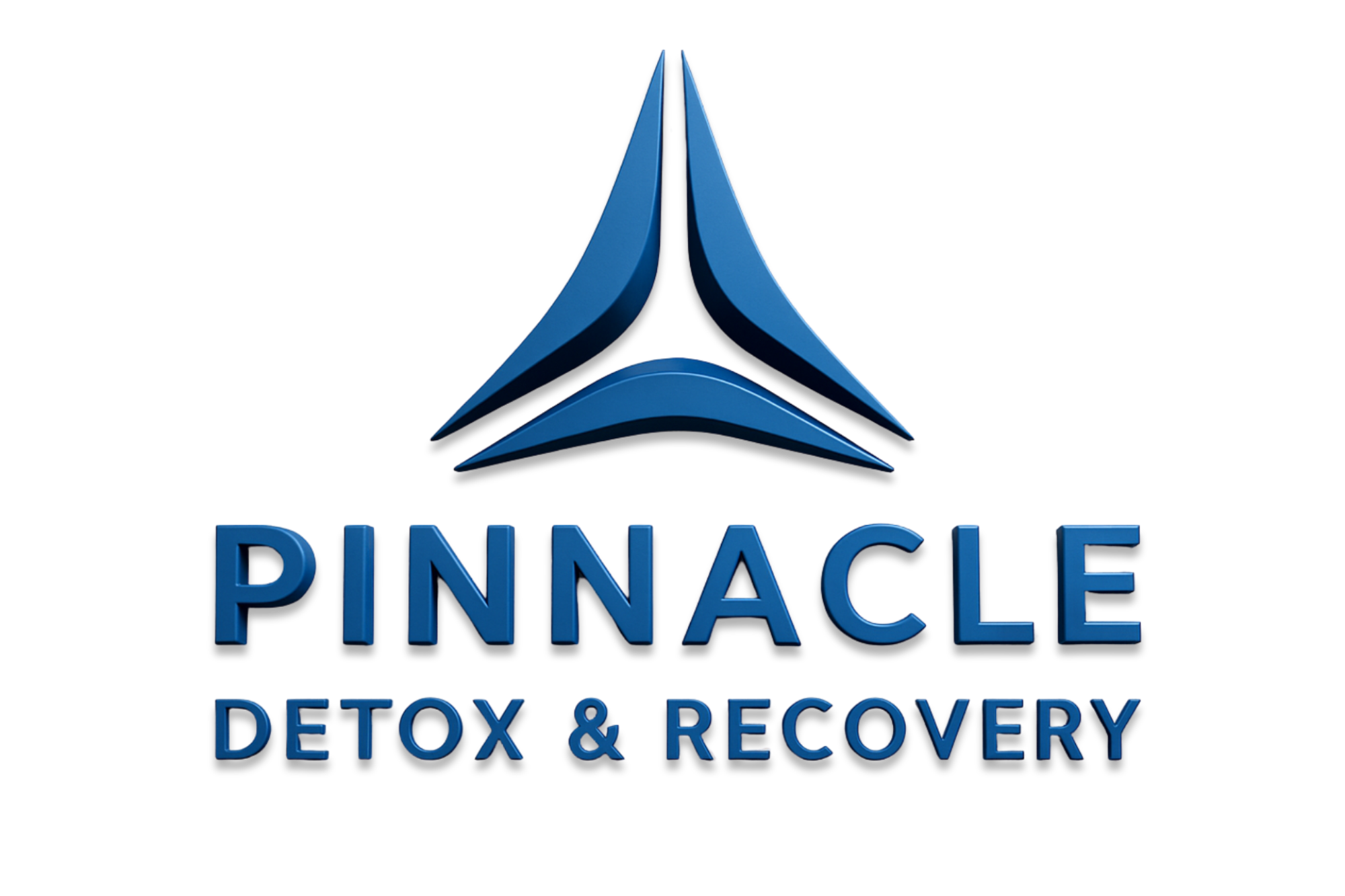Dual treatment options mean you'll receive integrated care that tackles both your mental health condition and substance use disorder at the same time. This evidence-based approach is pivotal since people with serious mental illness are 2.5 times more likely to use illicit drugs. You'll benefit from specialized therapies like CBT, medication support, and peer networks that work together to improve your recovery outcomes. Understanding how these treatments complement each other can fortify your path to lasting wellness.
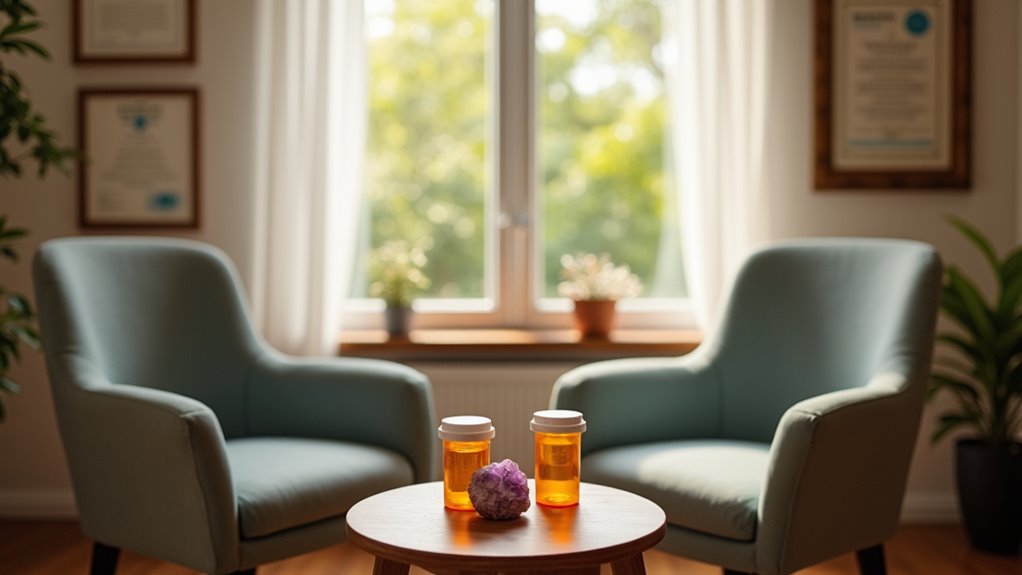 While mental health conditions and substance use disorders have historically been treated as separate issues, current evidence demonstrates their profound interconnection. If you're living with a serious mental illness, you're nearly 2.5 times more likely to use illicit drugs compared to those without mental health challenges. This relationship is particularly striking among adolescents, where evidence-based interventions are critical. Recent statistics show that 50 percent of Americans aged 12 and over have used illicit drugs at least once in their lifetime. Research indicates that genetic factors contribute to 40-60% of an individual's risk for developing substance use disorders.
Adolescent drug overdose deaths have surged at an alarming rate, with deaths more than doubling from 2018 to 2022. The data reveals how family dynamics impact these parallel conditions: over half of adults with serious mental illness report illicit drug use, while adolescents with major depressive episodes show triple the risk of opioid misuse. Most concerning is that 37.6% of adults with both conditions receive no treatment at all. Understanding this connection is fundamental, as co-occurring disorders dramatically increase risks of overdose and suicide.
While mental health conditions and substance use disorders have historically been treated as separate issues, current evidence demonstrates their profound interconnection. If you're living with a serious mental illness, you're nearly 2.5 times more likely to use illicit drugs compared to those without mental health challenges. This relationship is particularly striking among adolescents, where evidence-based interventions are critical. Recent statistics show that 50 percent of Americans aged 12 and over have used illicit drugs at least once in their lifetime. Research indicates that genetic factors contribute to 40-60% of an individual's risk for developing substance use disorders.
Adolescent drug overdose deaths have surged at an alarming rate, with deaths more than doubling from 2018 to 2022. The data reveals how family dynamics impact these parallel conditions: over half of adults with serious mental illness report illicit drug use, while adolescents with major depressive episodes show triple the risk of opioid misuse. Most concerning is that 37.6% of adults with both conditions receive no treatment at all. Understanding this connection is fundamental, as co-occurring disorders dramatically increase risks of overdose and suicide.
 Five core treatment methods form the foundation of modern dual diagnosis care. Evidence-based practices like cognitive-behavioral therapy help you recognize triggers and develop coping skills, while motivational and contingency-based approaches strengthen your commitment to recovery. Family and peer support therapies provide pivotal social reinforcement through structured group dynamics and improved communication patterns. Since addiction is a chronic disease, treatment focuses on long-term management rather than a permanent cure. Most programs emphasize complete abstinence as the ultimate objective for successful recovery.
For comprehensive care, medication-assisted treatments offer pharmacological support when needed, particularly for managing withdrawal symptoms and cravings. You'll find these holistic interventions delivered through multiple structured programs from intensive inpatient settings providing 24/7 care to flexible outpatient options like PHP and IOP. The level of care you'll need depends on your symptoms' severity and personal circumstances, with treatment durations typically ranging from three months to over a year. Studies show that combining group therapy plus pharmacotherapy yields better outcomes for opioid use treatment than medication alone.
Five core treatment methods form the foundation of modern dual diagnosis care. Evidence-based practices like cognitive-behavioral therapy help you recognize triggers and develop coping skills, while motivational and contingency-based approaches strengthen your commitment to recovery. Family and peer support therapies provide pivotal social reinforcement through structured group dynamics and improved communication patterns. Since addiction is a chronic disease, treatment focuses on long-term management rather than a permanent cure. Most programs emphasize complete abstinence as the ultimate objective for successful recovery.
For comprehensive care, medication-assisted treatments offer pharmacological support when needed, particularly for managing withdrawal symptoms and cravings. You'll find these holistic interventions delivered through multiple structured programs from intensive inpatient settings providing 24/7 care to flexible outpatient options like PHP and IOP. The level of care you'll need depends on your symptoms' severity and personal circumstances, with treatment durations typically ranging from three months to over a year. Studies show that combining group therapy plus pharmacotherapy yields better outcomes for opioid use treatment than medication alone.
 Successful long-term recovery from co-occurring disorders requires a substantial network of clinical and community support systems working in tandem. You'll find that peer support networks greatly enhance treatment outcomes, with 52.9% of facilities now offering these critical connections. Holistic recovery approaches that combine pharmacotherapies (available in 72% of facilities) with psychosocial support services demonstrate better success rates. Treatment facilities offering both substance use and mental health services have grown to 3,935 nationwide, expanding access to comprehensive care. When you access all-encompassing care that includes vocational and housing assistance, you're more likely to maintain sobriety and stability. The evidence shows that integrating clinical services (16%) with recovery support services (84%) can lead to remarkable outcomes, as seen in Connecticut's ATR program, which achieved 89.2% alcohol abstinence rates. Research indicates that approximately half of adults with addictions achieve recovery without formal treatment intervention. This integrated approach guarantees you receive sustained support throughout your recovery journey. Studies show that 37.9 percent of individuals struggling with substance use disorders also face mental health challenges, making comprehensive treatment essential.
Successful long-term recovery from co-occurring disorders requires a substantial network of clinical and community support systems working in tandem. You'll find that peer support networks greatly enhance treatment outcomes, with 52.9% of facilities now offering these critical connections. Holistic recovery approaches that combine pharmacotherapies (available in 72% of facilities) with psychosocial support services demonstrate better success rates. Treatment facilities offering both substance use and mental health services have grown to 3,935 nationwide, expanding access to comprehensive care. When you access all-encompassing care that includes vocational and housing assistance, you're more likely to maintain sobriety and stability. The evidence shows that integrating clinical services (16%) with recovery support services (84%) can lead to remarkable outcomes, as seen in Connecticut's ATR program, which achieved 89.2% alcohol abstinence rates. Research indicates that approximately half of adults with addictions achieve recovery without formal treatment intervention. This integrated approach guarantees you receive sustained support throughout your recovery journey. Studies show that 37.9 percent of individuals struggling with substance use disorders also face mental health challenges, making comprehensive treatment essential.
Understanding the Connection Between Mental Health and Substance Use

The Benefits of Integrated Treatment Approaches
Integration marks a significant advancement in treating co-occurring mental health and substance use disorders. When you receive integrated treatment, you'll experience extensive care that addresses both conditions simultaneously, leading to better outcomes and increased client satisfaction. Research shows that integrated approaches reduce relapse rates and substance use while improving mental health symptoms. You'll benefit from specialized therapies like DBT, COPE, and ICBT that target both conditions effectively. The coordinated care model also boosts your social stability through improved housing outcomes and community integration. Up to 75% of patients with severe mental illness have substance use disorders, highlighting the critical need for comprehensive treatment. Program implementation success heavily depends on organizational culture receptiveness. Currently, about 54% of facilities offer specialized programs for co-occurring disorders. Program sustainability is strengthened through cost-effective resource allocation and streamlined workflows. You'll find higher retention rates and decreased hospitalization needs compared to traditional separated treatment approaches. While implementation challenges exist, the evidence consistently supports integrated treatment's superiority in managing co-occurring disorders.Breaking Down Common Treatment Methods and Therapies

Overcoming Barriers to Comprehensive Care
Despite substantial advances in treatment methodologies, multiple barriers continue to impede access to holistic dual diagnosis care. To overcome these obstacles, healthcare systems must address critical gaps in workforce training and community resources expansion, particularly in underserved areas. Key challenges you'll encounter in accessing thorough care include:- Limited availability of trained professionals who can effectively treat co-occurring disorders, especially in rural areas
- Financial barriers, including inadequate insurance coverage and high out-of-pocket costs for medications and counseling
- Persistent stigma that discourages seeking treatment, compounded by cultural barriers and discrimination against marginalized populations
Building Support Systems for Long-Term Recovery

